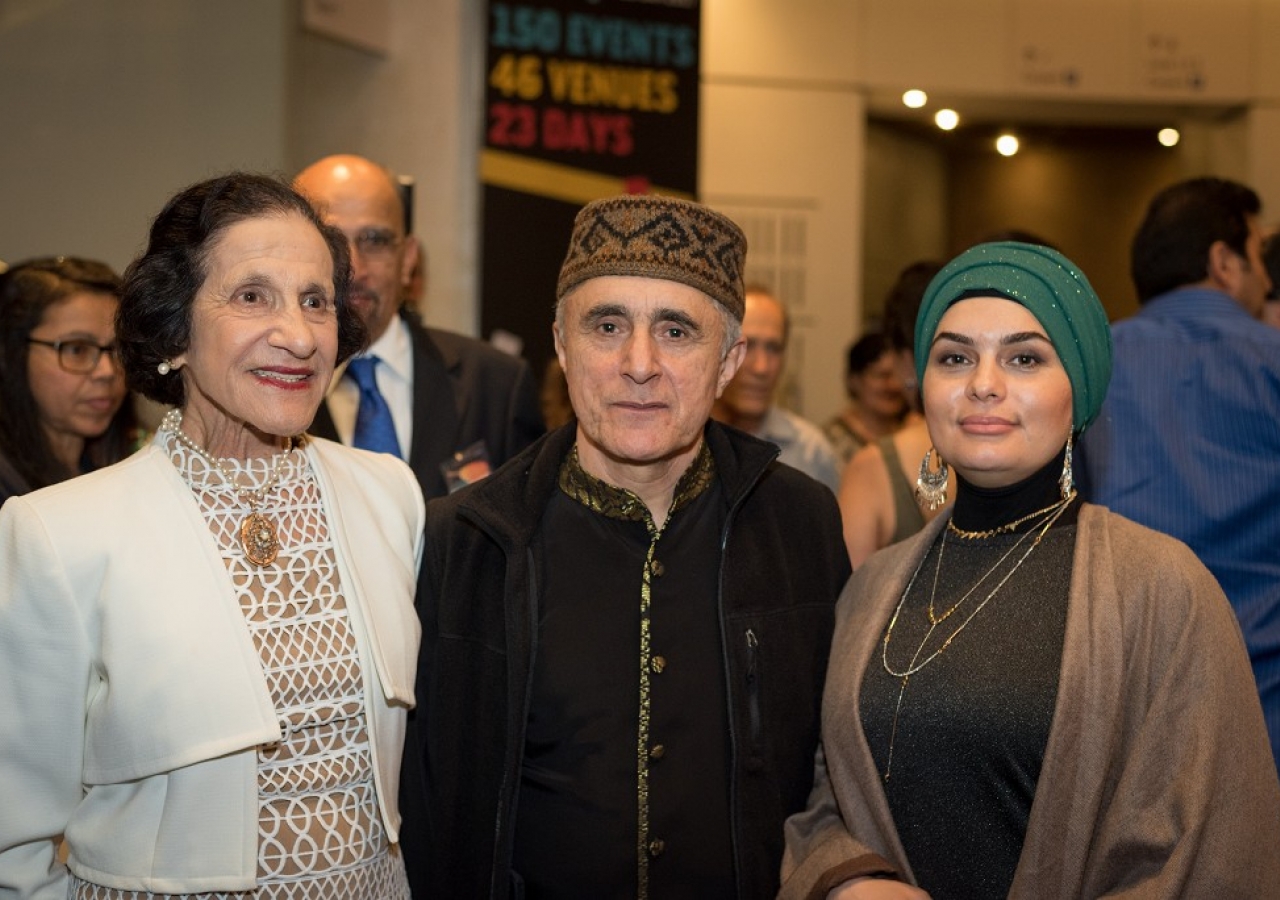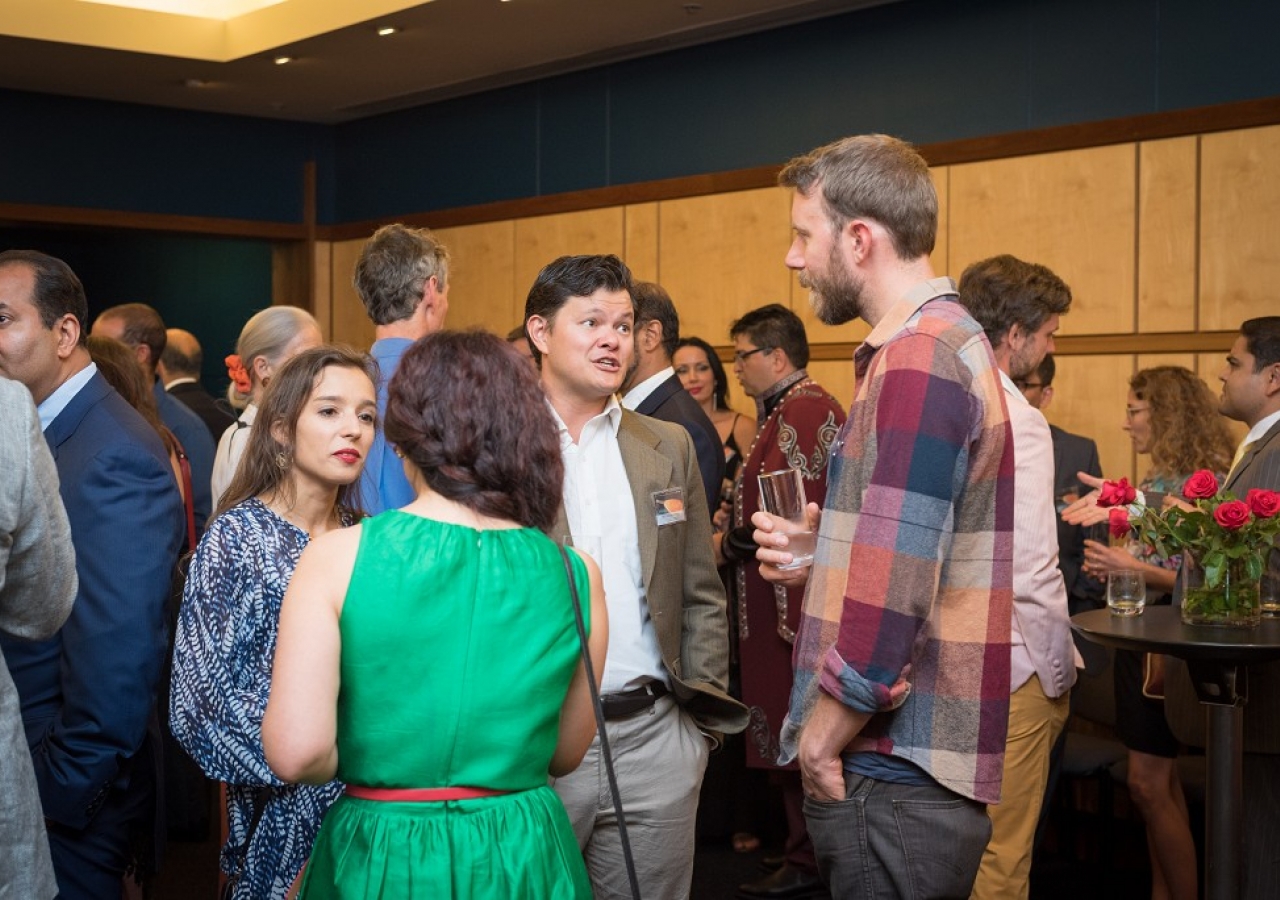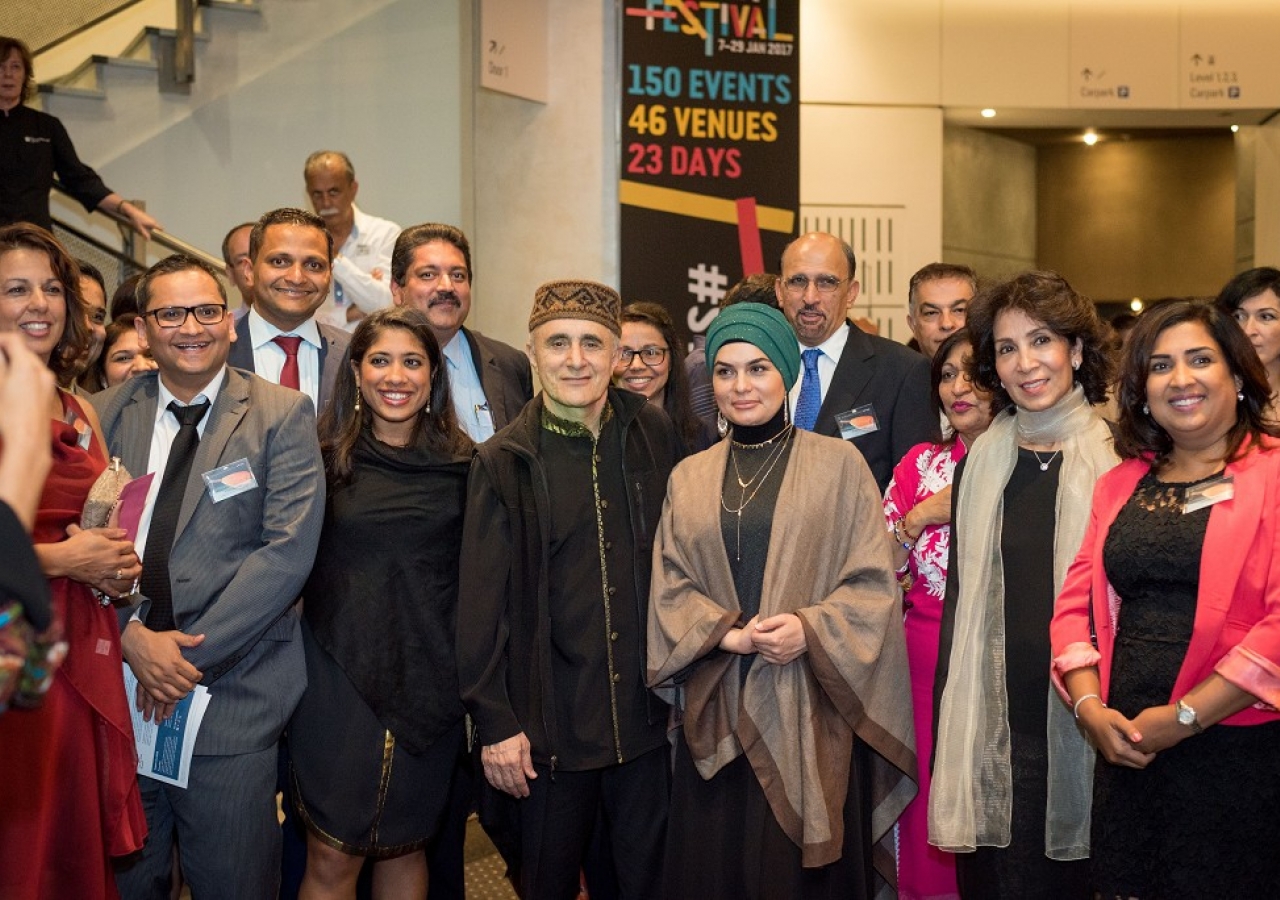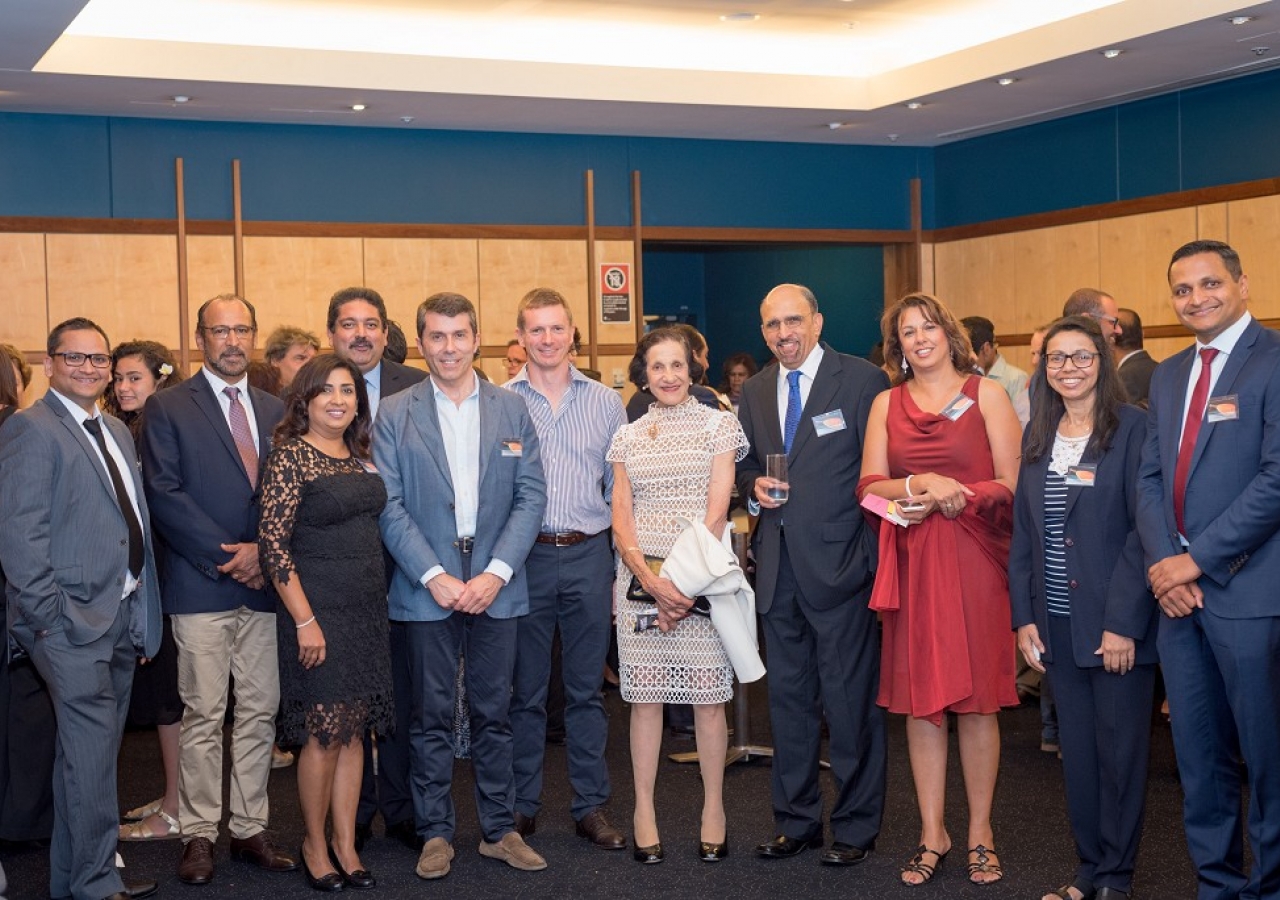On January 21, the Alim Qasimov Ensemble from Azerbaijan performed at the Sydney City Recital Hall as part of the wider Sydney Festival. This inaugural event was a joint collaboration between the Aga Khan Music Initiative (AKMI) and Sydney Festival organisers that recognised the widely acclaimed performance of this ensemble and were thrilled to welcome them to Australia. The Ensemble also performed at a MONA FOMA Festival in Tasmania.
Alim Qasimov and his daughter Fargana exemplify the explosive artistic energy that results when a powerful musical model ignites the spark of young talent. Azerbaijani classical music, known as mugham, and the repertoire of bardic songs sung by ashiqs, modern-day troubadours and singer-songwriters. They have been compared to contemporaries like Nusrat Fateh Ali Khan and Ravi Shankar, Alim Qasimov is constantly searching for ways to reach new heights and new audiences with the joyful, incandescent music of his homeland.
Invited guests, enthralled by the performance included Her Honourable Dame Marie Bashir (retired, and longest serving Governor of NSW) who said ” I am still tingling after that incredible performance” ; His Excellency Ambassador of Portugal Paulo Cunha Alves and Sydney Festival Program Manager Stuart Rogers who said “So far this has been the best performance of the Festival”. Other guests included academics studying Central Asian history and culture from University of Sydney, Macquarie University and University New South Wales; senior members of DFAT (department of foreign affairs and trade); NSW Arts and Art Gallery of NSW.
The Aga Khan Music Initiative (AKMI) is an interregional music and arts education programme with worldwide performance, outreach, mentoring, and artistic production activities. The Initiative was launched by His Highness the Aga Khan to support talented musicians and music educators working to preserve, transmit, and further develop their musical heritage in contemporary forms. The Music Initiative began its work in Central Asia, with projects in Kazakhstan, Kyrgyzstan, Tajikistan and Afghanistan, and subsequently expanded its cultural development activities to include artistic communities and audiences in the Middle East and North Africa, South Asia, and West Africa.











